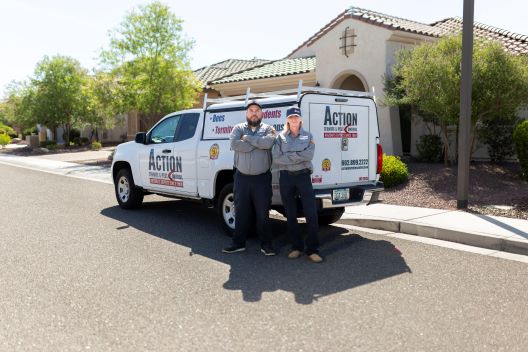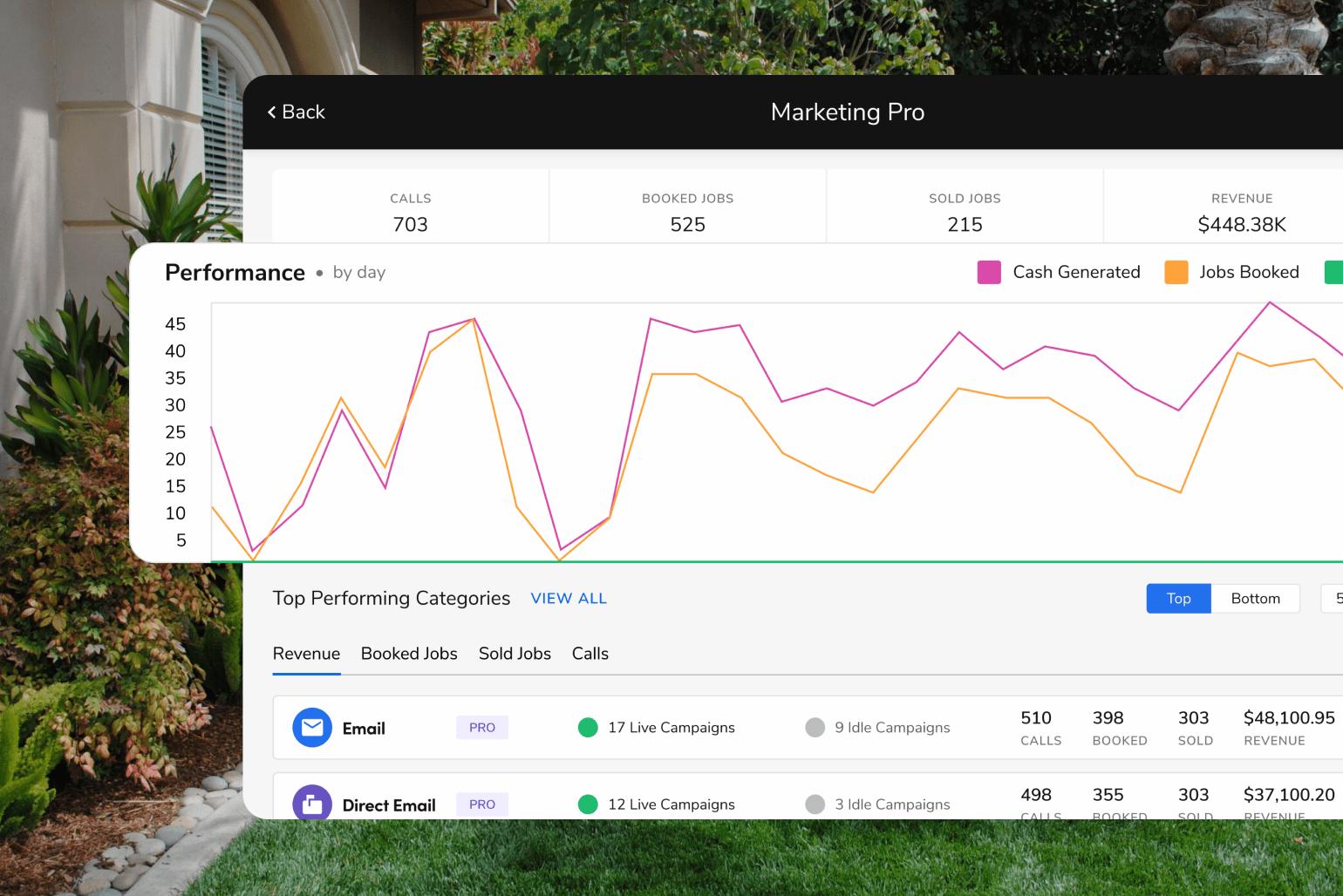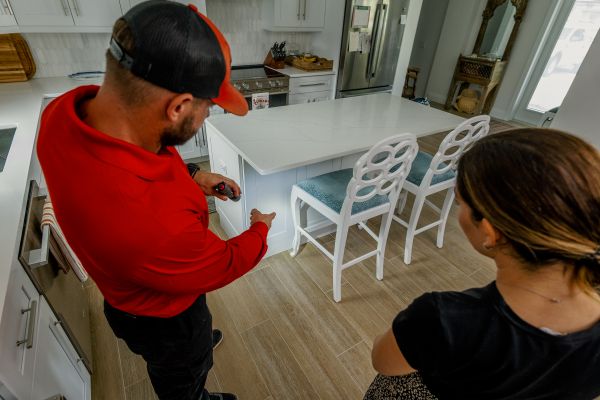Pest Control Succession Planning (Secure Your Business Future)

Succession planning is for pest control business owners who want to ensure long-term stability and growth.
Without a clear plan for a leadership transition, businesses risk disruption, client loss, and even decline. Whether you have a family-owned business, are a sole entrepreneur, or are a medium-sized pest management company, having a plan in place can be the difference between continuity and chaos.
In this guide, we’ll examine why succession planning is important for pest control businesses, how to create a plan, and what to avoid. You’ll learn how to navigate family dynamics, value the business, and prepare for a smooth transition to a family member, partner, or new owner.
A plan in place secures the future of your pest control business, protects customer relationships, retains staff, and maintains cash flow during leadership changes.
What Is Succession Planning for Pest Control Businesses?
Succession planning prepares for leadership transitions by identifying and developing future leaders to take over a pest control business.
Although it usually revolves around a family business, this forward-thinking approach also outlines the steps to transfer the reins for other scenarios.
For pest control businesses, succession planning is vital because:
Maintains customer relationships during leadership changes.
Protects brand reputation and partnerships by minimizing disruption.
Preserves cash flow and operational efficiency.
Leaves your business to others with the right passion to continue it.
A plan in place secures the future of your business and keeps it competitive and robust through change.
Why Is Business Succession Planning Important?
Not planning for leadership changes in a pest control business can lead to major problems such as operational disruption, financial instability, and client loss.
Without a clear plan, businesses may face internal conflict, reduced staff morale, and decreased customer satisfaction. These risks can damage a brand and threaten the business’s long-term viability or potential sale.
Benefits of early planning include:
Smooth transitions: Avoid disruption by preparing roles in advance.
Reduced conflict: Deal with toxic family dynamics or stakeholder disagreements early. This is very important if you have a small business.
Preserving company culture: Keep core values, maintain customer satisfaction, and prepare exit strategies.
How Can You Create a Succession Plan for a Pest Control Business?
A plan in place will ensure a smooth leadership transition and secure the future of your pest control business.
By following a process, you can deal with challenges ahead of time and maintain business continuity.
Here’s how to make it work.
Step 1. Assess Your Business Needs
Examine your pest control business structure, leadership roles, and operational requirements. Identify the key positions and how they impact customer relationships, business operations, and profit margins.
You can do this by:
Reviewing current roles and responsibilities.
Analyzing business operations to find weaknesses during the transition.
Identifying skills and experience required for future leaders.
This will help you know what your pest control business needs from its next generation of leaders.
Step 2. Identify Potential Successors
Choose successors that fit your business goals. Do you promote from within the company, pass to a family member, or hire from outside?
Factors you should consider:
Skills and experience: Can they run the business day to day?
Cultural fit: Do they embody your business’s values?
Leadership potential: Can they drive the growth of the pest control company?
Internal candidates know the business well, but external hires bring fresh thinking.
Consider both options carefully.
Step 3. Create a Development Plan
Once you have a successor, give them the training and mentorship to succeed.
Include in your training:
Pass on your expertise in key business operations, such as customer retention and cash flow management.
Mentorship with current leaders.
Formal training in business valuation and regulatory requirements.
Training in different pest control methods to adapt to changing customer needs and technology.
A comprehensive development plan will prepare your successor for the pest control industry challenges.
Step 4. Set a Timeline for Transition
Establish a clear and realistic timeline for the leadership change and outline milestones to measure progress and accountability.
Steps you should include:
Short-term goals to implement include shadowing current leaders.
Long-term benchmarks include taking full ownership of various areas, such as accounting, customer relationships, marketing, and business compliance.
Review the timeline regularly to adjust as needed.
A scheduled plan will reduce disruption and keep the transition on track.
Step 5. Communicate the Plan
Communication with employees and stakeholders will build trust and confidence during the transition.
Best practices to communicate include:
Hold team meetings to explain the succession plan.
How will the new leadership improve or impact business operations?
Engage with key stakeholders, such as family members and potential buyers, early.
Clear communication will mean everyone knows their part in the process.
Step 6. Test and Refine Your Plan
Before the transition actually happens, conduct a trial run or scenario testing to determine what can go wrong.
Actions to take:
Simulate real-life scenarios, like a regulatory change or a leader's absence.
Get feedback from employees and stakeholders.
Adjust the plan based on what you learn.
Regularly refining will keep the plan robust and flexible.
A well-thought-out succession plan will prepare your pest control business for long-term success.
Now, let’s look at the key components of a good succession strategy.
What Are the Key Elements of a Strong Succession Plan?
A good succession plan will ensure a smooth transition and protect the pest control business you worked hard to build.
It must have clear goals, structured processes, and contingencies when things go wrong.
Clear Business Objectives: A good succession plan will outline what you want to achieve during and after the transition. Examples are customer satisfaction, business continuity, and financial health. Having measurable goals will help you measure progress and ensure everyone is working towards the same outcome.
Identification of Successors: Choose potential successors based on their skills, experience, and cultural fit for the pest control business. Whether it’s a family member, internal employee, or external hire, assess their ability to lead and manage client relationships. This will ensure the right person is ready to lead.
Development and Training Program: Invest in training and mentoring to prepare successors for their roles. Focus on key skills like business operations, customer retention, and regulatory requirements. Ongoing development will mean the new leader is ready for industry demands.
Defined Transition Timeline: To ensure a smooth handover, create a realistic timeline with measurable milestones. Include steps like shadowing current leaders, taking on more responsibility, and setting key benchmarks. A scheduled plan will reduce disruption and keep the transition on track.
Communication Strategy: Open communication will build trust with employees, clients, and stakeholders. Tell them about the succession plan and how it will affect business operations. Regular updates and team meetings will help address concerns and reassure the new leadership.
Contingency Plans: Prepare for the unexpected by having options in place. For example, alternative successors or interim leaders should be identified to manage the transition during unforeseen events. This will reduce risk and keep the business stable.
Financial Considerations: Address the transition's financials, business valuation, tax planning, and outgoing leader compensation. Work with financial advisors to ensure a smooth handover and secure the business’s long-term future.
Including these components will make your succession plan robust, flexible, and aligned to your pest control business.
Now, let’s look at the common mistakes to avoid.
What Are the Most Common Mistakes in Succession Planning?
Succession planning is crucial for the company’s long-term success. However, common mistakes can derail the process and cost you financially.
Here are the several mistakes to avoid and solutions.
Not Starting Early Enough: Waiting too long will lead to hasty decisions and business disruption. Start succession planning for several years to give yourself time to assess successors, develop leadership skills, and deal with potential obstacles. Early planning will ensure a smoother transition and business continuity.
Choosing a Successor Based on Family Ties Instead of Merit: Prioritizing family ties over qualifications will result in poor leadership and family stress. Assess successors based on skills, experience, and cultural fit to the business. If a family member is unprepared to lead, consider additional training or external candidates.
Lack of Proper Training and Development: Not preparing your successor will set them up to fail. Create a development plan with mentorship, on-the-job experience, and training in key areas like business operations and customer management. A well-prepared leader means the business will thrive under new leadership.
Failing to Communicate the Plan to Stakeholders: Keeping the succession plan secret will confuse, cause low morale, and cause a loss of trust between employees and clients. Share the plan with key stakeholders and highlight the benefits for customer satisfaction, business stability, and long-term success. Open communication will build confidence in the transition.
Ignoring the Financial Aspects of the Transition: Neglecting business valuation, tax, and cash flow will lead to financial instability. Work with financial advisors to address these early on, ensuring a smooth handover and protecting the business’s financial health.
Avoiding these and implementing solutions will strengthen your succession plan and pest control business.
Now, let’s see how FieldRoutes can help with succession planning.
How Can FieldRoutes Help Simplify Succession Planning?
FieldRoutes has the tools to simplify operations and ensure a smooth leadership transition for pest control businesses.
By automating processes, managing client relationships, and providing insights, FieldRoutes covers the key components of a succession plan.
Streamline Operations with Automation: FieldRoutes’ automated scheduling and reporting features simplify day-to-day business operations. These features reduce admin tasks so leaders can focus on succession planning. Automation means continuity during transitions and minimal disruption to customer satisfaction and service delivery.
Ensure Business Continuity with CRM Tools: FieldRoutes’ client relationship management (CRM) tools help maintain strong customer relationships during leadership changes. With a centralized system to manage communication, you can keep clients informed and engaged and protect retention and business operations.
Leverage Data Insights for Decision-Making: Succession planning requires decisions on business valuation, operational gaps, and leadership readiness. FieldRoutes has dashboards and data analytics to provide insights into cash flow, customer trends, and overall performance. These insights will help with the planning for a smooth transition.
Support Leadership Development: FieldRoutes’ tools allow for easy delegation and tracking of tasks, allowing you to implement training and mentoring programs for your successors and ensure your new team can manage the pest control business.
FieldRoutes will simplify your succession planning and assure long-term success.
Over to You
With business succession planning, you avoid disruption, financial instability, and loss of trust with clients. A well-planned roadmap means business continuity, protects your brand, and keeps operations running smoothly.
Start now and avoid common mistakes.
Choose the right successor, provide proper training, and communicate with stakeholders. Address the financials and have a contingency plan; you’ll have a plan for long-term success.
For more tips, check out our guide on managing a pest control business or explore ways to grow your company.
Schedule a free demo of the FieldRoutes Operations Suite today to see how we can help!





